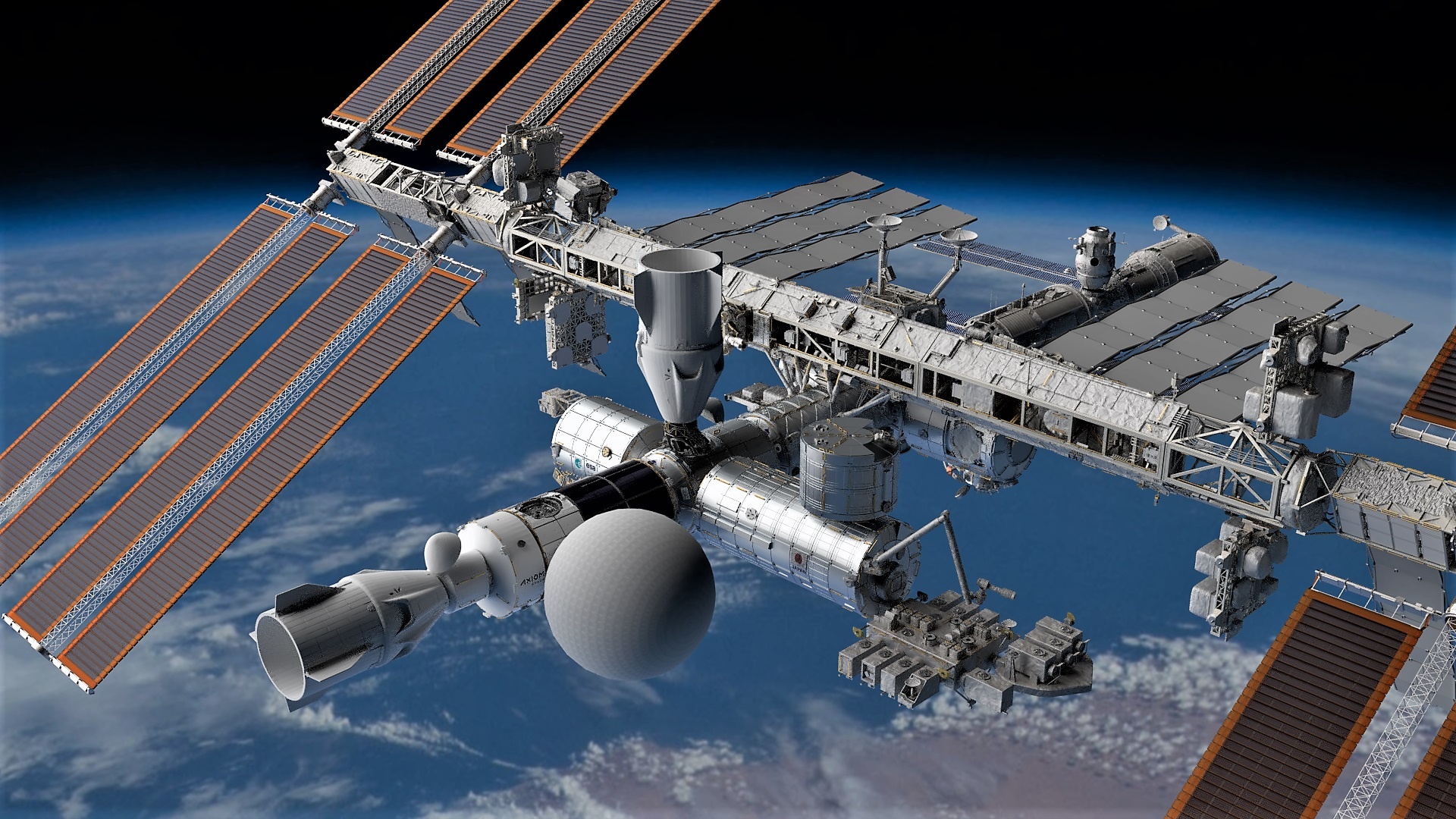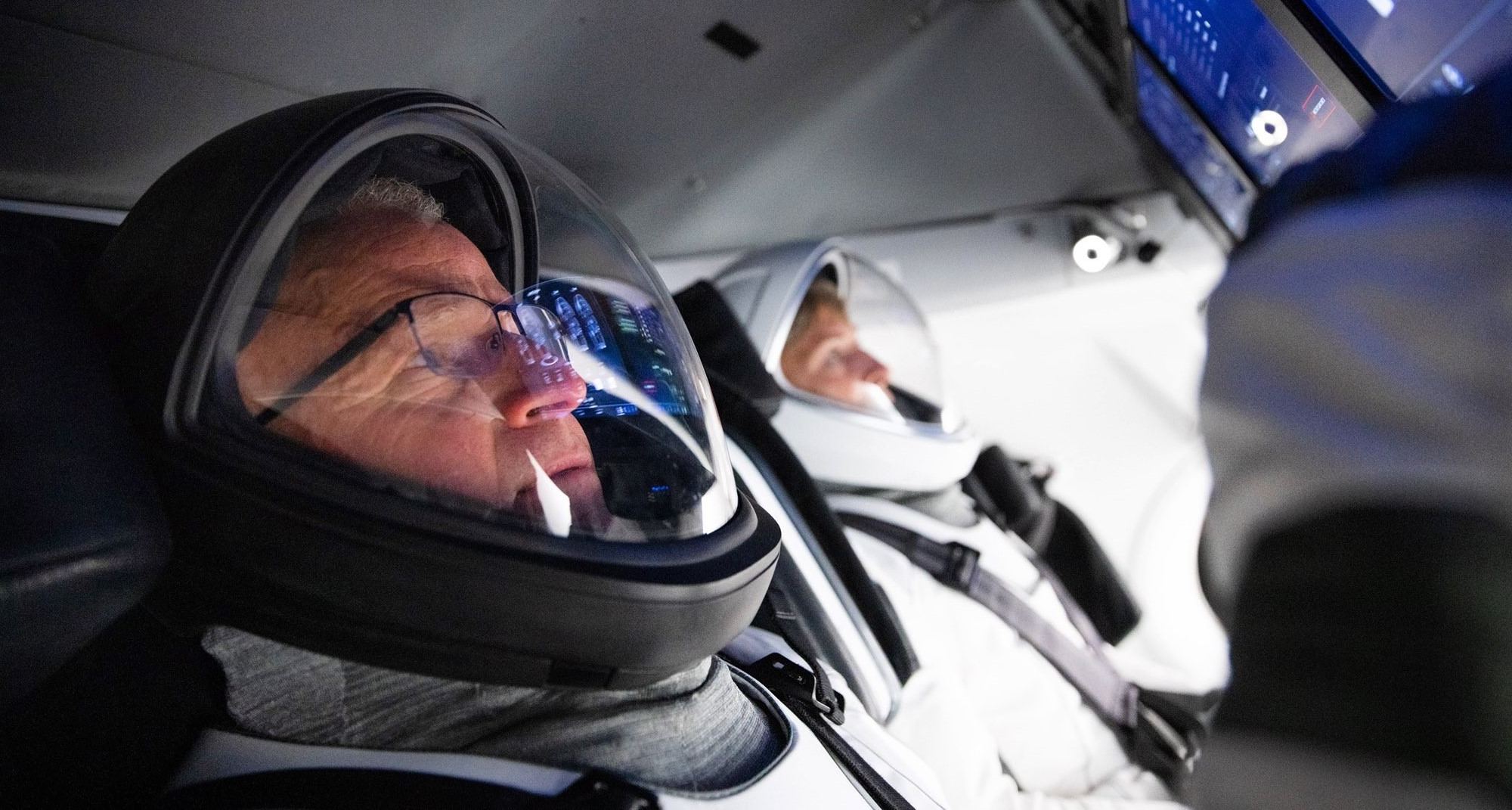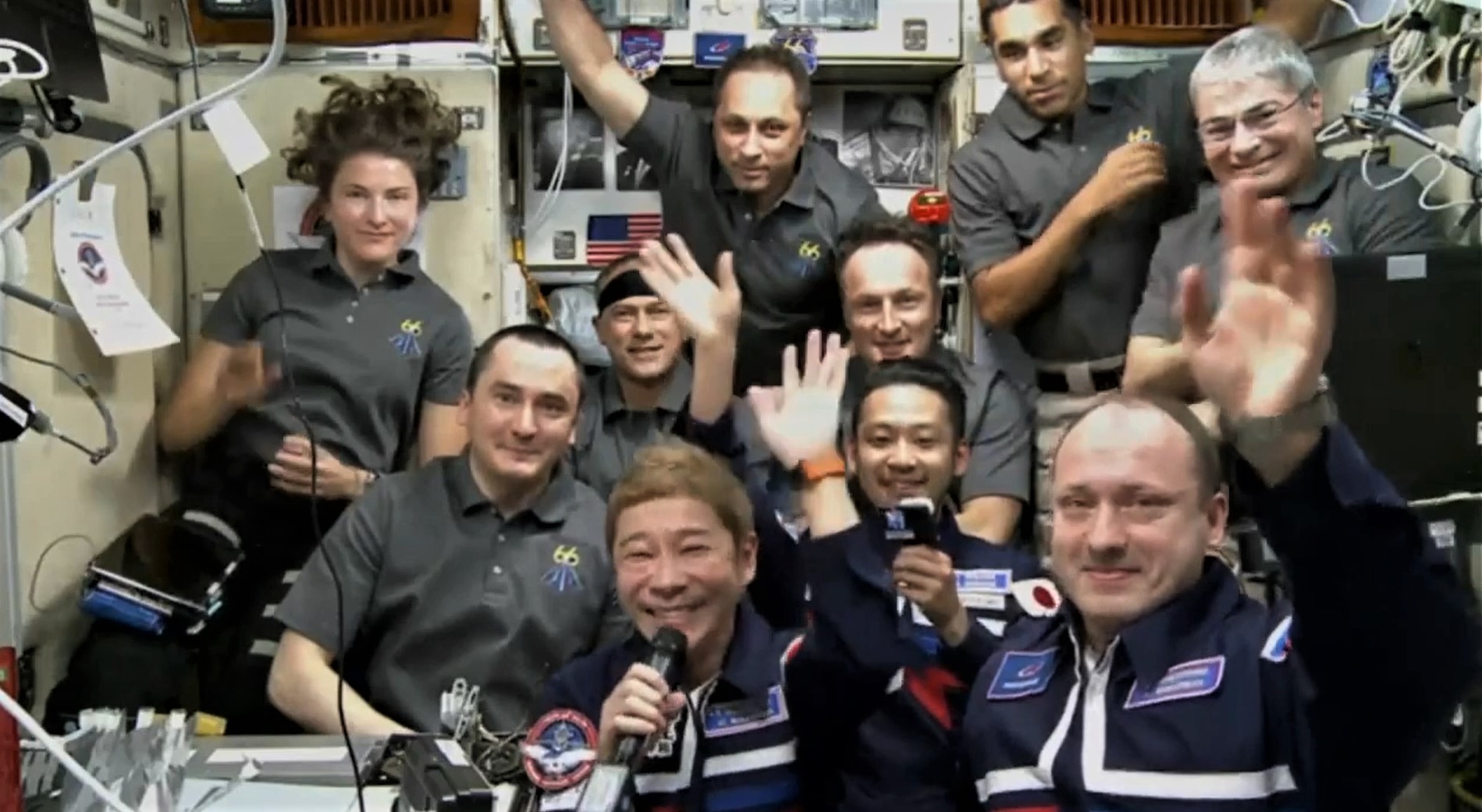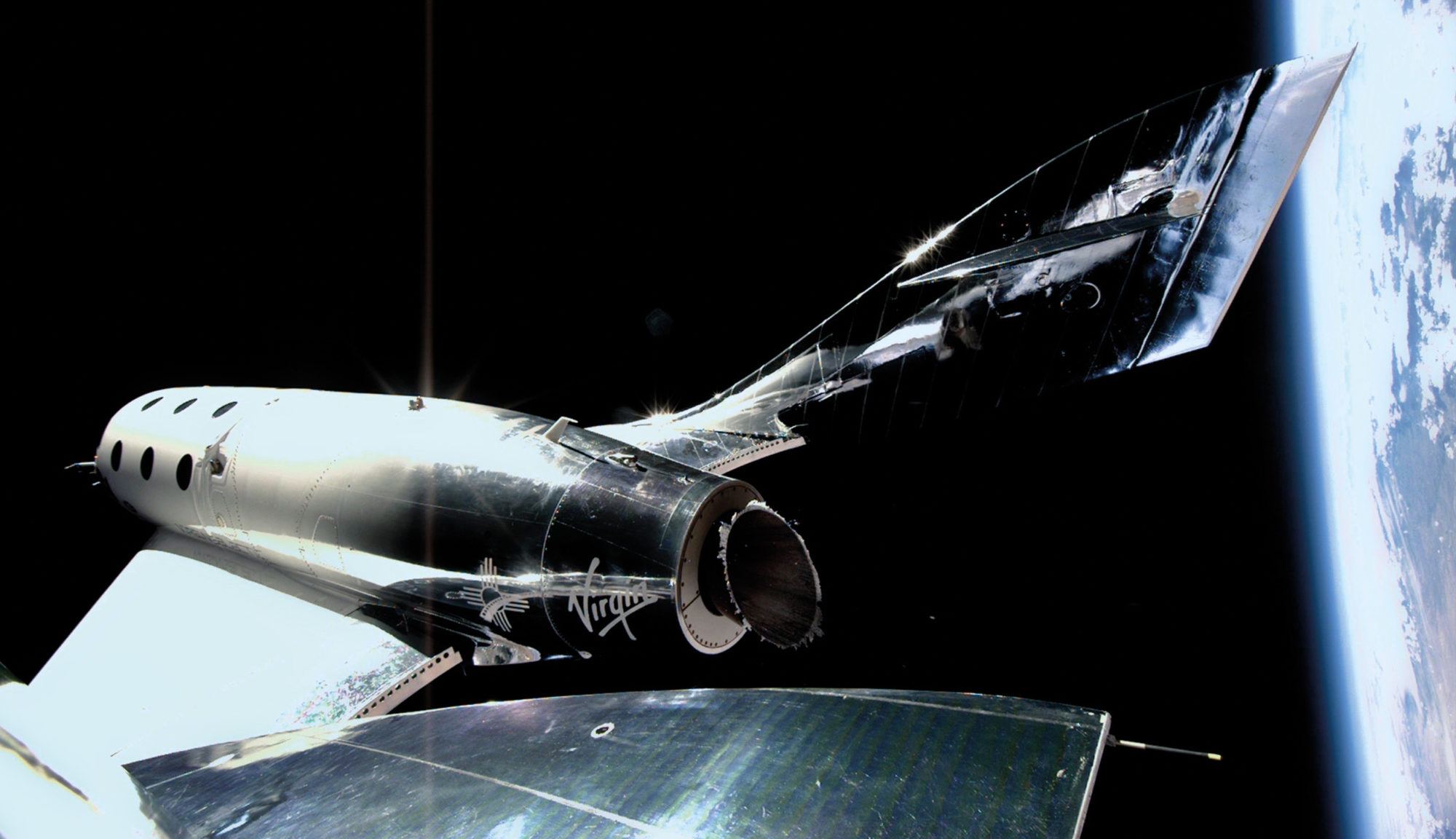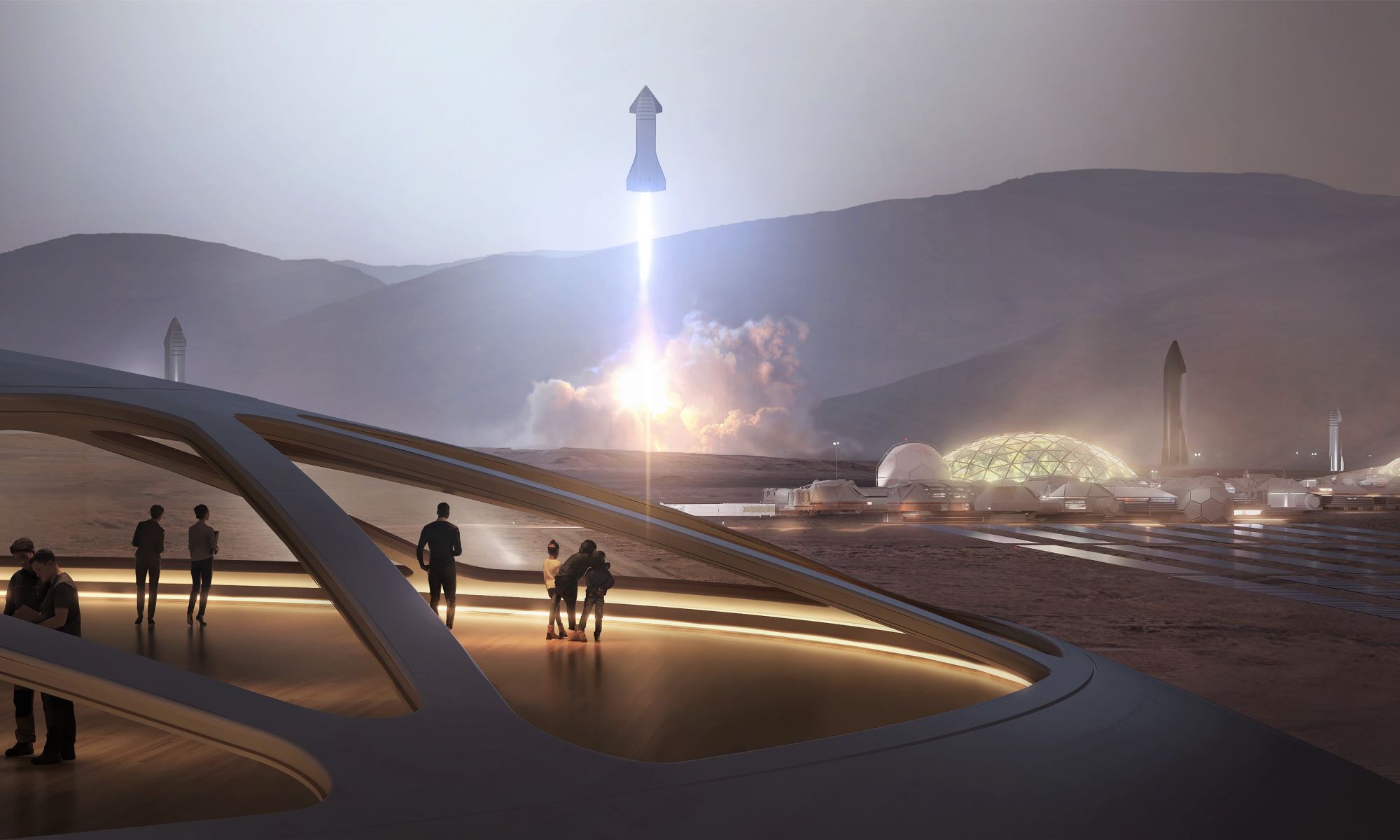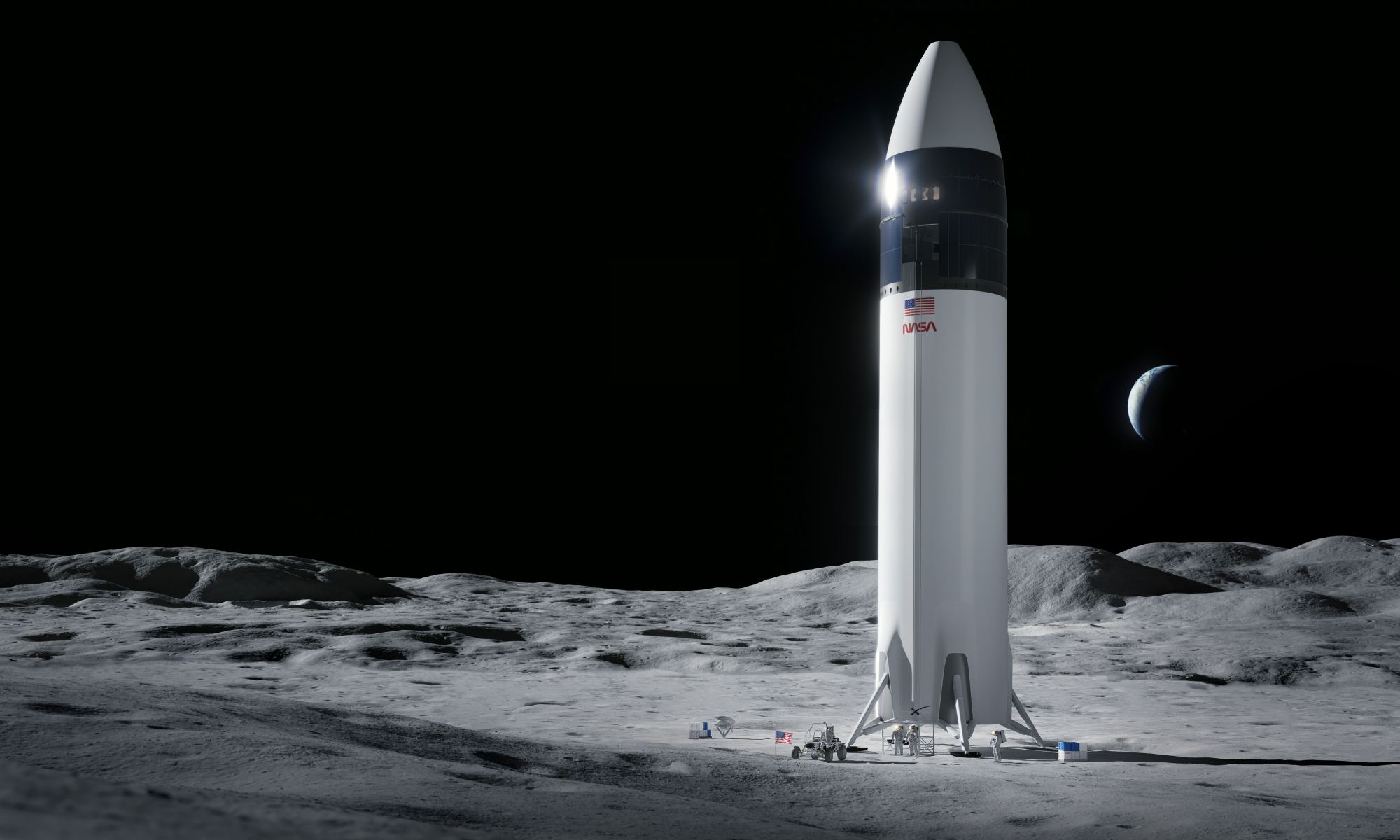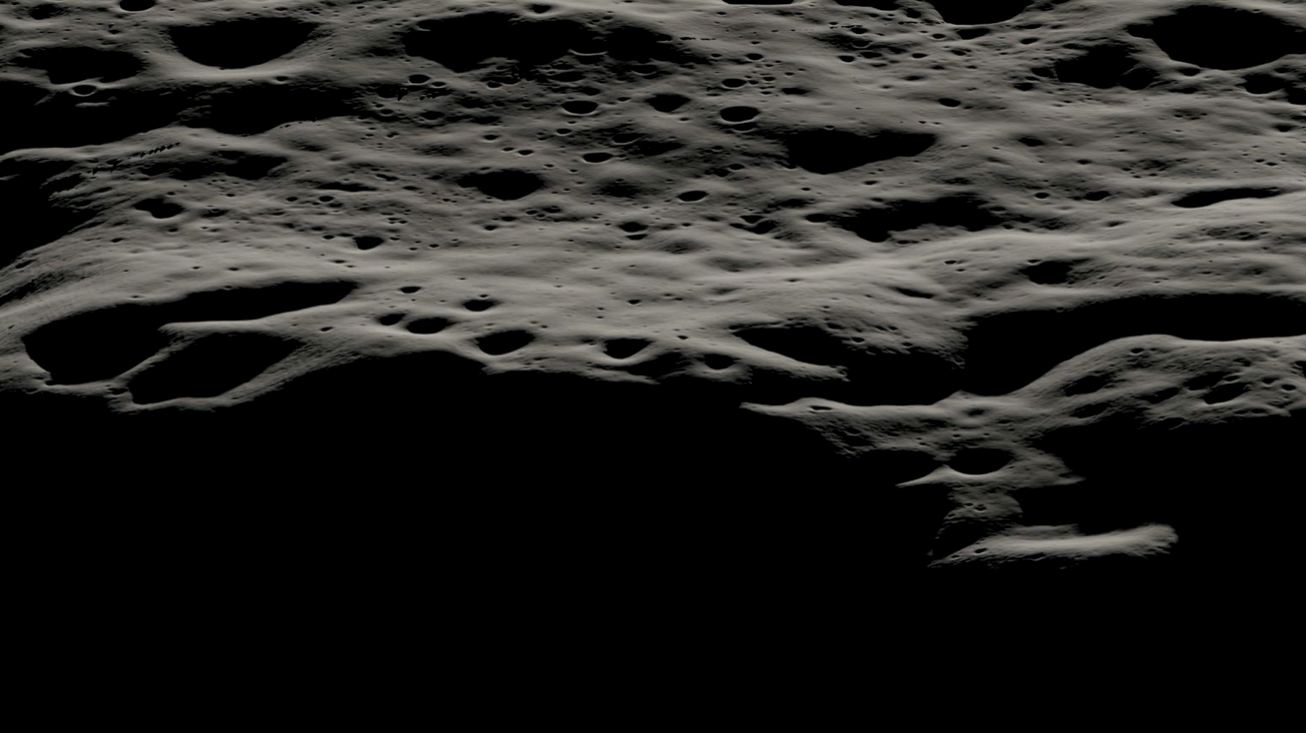The production company that’s playing a key role in a space movie project involving Tom Cruise says it’s working with Axiom Space to add a sports and entertainment facility to the International Space Station by the end of 2024.
The inflatable module, known as SEE-1, would be built by Axiom for Space Entertainment Enterprise and attached to the commercial complex that Axiom is already planning to put on the space station, SEE said in a Jan. 20 news release.
The facility would provide a studio for film, TV and music production as well as a space for performances and sports events. “SEE-1 is an incredible opportunity for humanity to move into a different realm and start an exciting new chapter in space,” said SEE’s co-founders, Dmitry and Elena Lesnevsky.
Continue reading “Tom Cruise Movie’s Producers Aim to Add Film Studio to the Space Station in 2024”
